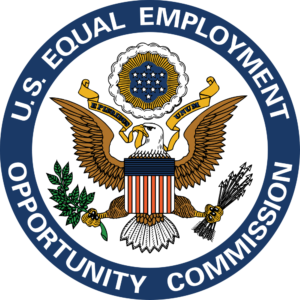
An employer’s response to an EEOC charge of discrimination can dramatically impact future litigation. One Alabama employer learned that lesson the hard way in Equal Employment Opportunity Commission v. Outokumpu Stainless, USA, LLC, No. 15-0473-WS-N, 2016 WL 4708484 (S.D. Ala. Sept. 8, 2016).
In Outokumpu, 21 employees applied for 6 available promotions to “Team Leader.” 5 of the applicants were African-American and the remainder were white. All six of the successful applicants were white. The 5 unsuccessful African-American applicants sued with the assistance of the EEOC.
The employer used a “grading” system (“A” to “C”) to judge the merits of each applicant. 8 applicants received an “A” rating: the 6 successful white applicants and 2 of the African-American plaintiffs.
It appears that the employer relied upon its Human Resources Manager to respond to the employees’ EEOC charge. One of the African-American applicants who received an “A” grade was Wallace Dubose. The trial court found that Outokumpu’s reasons for refusing to promote Dubose changed from the time of the EEOC charge to the time of litigation:
Because his case sets the stage for the other plaintiffs, the Court looks first to Dubose. As noted, Dubose received an “A” rating, which placed him in the top eight candidates. As also noted, the defendant in this litigation has identified four problems with Dubose that prevented him from being in the top six: poor self-control, lack of initiative, unreliability and bad work attitude. However, and as the EEOC notes, (Doc. 87 at 38), this is not the list the defendant provided in its response to Dubose’s charge of discrimination. Instead, the defendant (through Wells) told the EEOC that Dubose was not promoted “based on [his] lack of exhibited leadership and initiative within his team.” (Doc. 86-22 at 5, 6). That is, of the four reasons the defendant now gives for not promoting Dubose, only one was asserted in the administrative proceedings, and one reason given in the administrative proceedings has vanished in this litigation. In consequence, the defendant’s current position on why it did not promote Dubose bears little resemblance to that it presented to the EEOC.
Outokumpu, 2016 WL 4708484 at *5 (emphasis added). The court found that changing reasons between the EEOC charge and the litigation were evidence that the employer possessed a discriminatory motive. Moreover, the extensive nature of the response to the EEOC charge was indicative that the newfound litigation position was merely made-up:
The inference of pretext is only strengthened when, as here, the defendant’s response to the charge of discrimination is a lengthy, finely crafted work that appears to be the product of much time and deliberation, making it unlikely that ¾ of the employer’s true reasons for not promoting Dubose were accidentally omitted. And strengthened further when the author of the response is, as here, one of the decision-makers, who could not easily fail to be aware of the reasons for the employment decision.
Outokumpu, 2016 WL 4708484 at * 5.
So, the trial court found evidence of discrimination with regard to Wallace Dubose. The court then allowed the other African-American applicants to proceed to trial on a “me too” theory of discrimination. “[A] properly functioning jury could find that the defendant discriminated against Dubose based on his race. From such a finding, a properly functioning jury could infer that the defendant likewise discriminated against all black applicants for Team Leader based on their race; indeed, it seems unlikely that the defendant would discriminate against Dubose based on his race while simultaneously ignoring the race of the other plaintiffs.” Id. at *6.
The lesson for employers from the Outokumpu case is the critical importance of the response to the EEOC charge. I am frequently asked to assist employers in responding to EEOC charges, and I strongly recommend that you utilize your attorney if you receive a charge of discrimination. In virtually every case, the facts that are initially provided to me by a client are more complex than they initially appear. As a result, I usually keep my clients’ responses to EEOC charges as brief and as broad as possible. If a law suit is filed later, we can expound upon those facts. But, in Outokumpu, the Human Resources Manager provided an extensive response, and the court found that any deviation from that extensive response was evidence of discrimination.